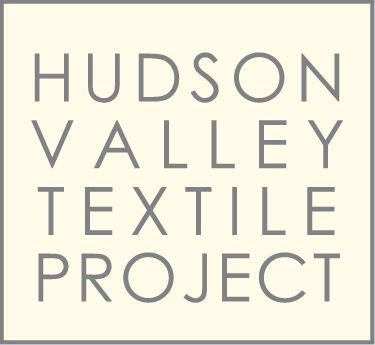The Revolutionary Power of a Skein of Yarn
Peggy Orenstein asks in her NY Times OpEd piece today: Can ‘craftivism’ make a difference? Thousands can answer a resounding H--- YES!
The craftivism of the 80s , 90s and early naughts has translated into local, regional, state, national and international organizations that are working to place the ideals of slow fashion into the forefront of the consumer’s mind. Slow Fashion means climate friendly, sustainable, and responsible production of natural fibers, within a processing system that protects and values the human worker. Craftivism can still be about yarn bombing, but it has matured into investigating the textile supply chain, identifying weaknesses and devoting time, energy, and capital to rectify them.
Here in New York, the Hudson Valley Textile Project, a group of farmers, processors, artisans, and small batch manufacturers, has been working since 2016 to strengthen the farm-to-fashion supply chain and to bring high quality finished goods of regional wool and alpaca to consumer’s attention. We have great fiber resources; strong spinning mills, significant skilled human resources, and a growing cultural awareness of the need for a new way to ‘do textiles’. What we didn’t have was a way to clean those fleeces in preparation for spinning. We do now, with the opening of CleanFleece NY, the Hudson Valley Regional Scouring Facility opening this spring in Mechanicville, NY, under the sponsorship of HVTP. What had been a major choke point is being removed to allow an easier flow of wool to mill to artisan/manufacturer to consumer. That’s what craftivism can do!
And HVTP isn’t the only one. New York State just passed the New York Textile Act, offering new support and new exposure to New York sourced, processed and created textiles. Across the North East, regional Fibershed affiliates are developing new pathways to bring local fibers to new markets, and including mending and upcycling re-use of materials. The national scene for this work is exploding as fiber activists move beyond providing responsible wool to handknitters, and investigate how to provide the non-maker consumer with the same material through machine knitters, production weaving, and US based sewing studios. Can Craftivism effect change? It already has.
